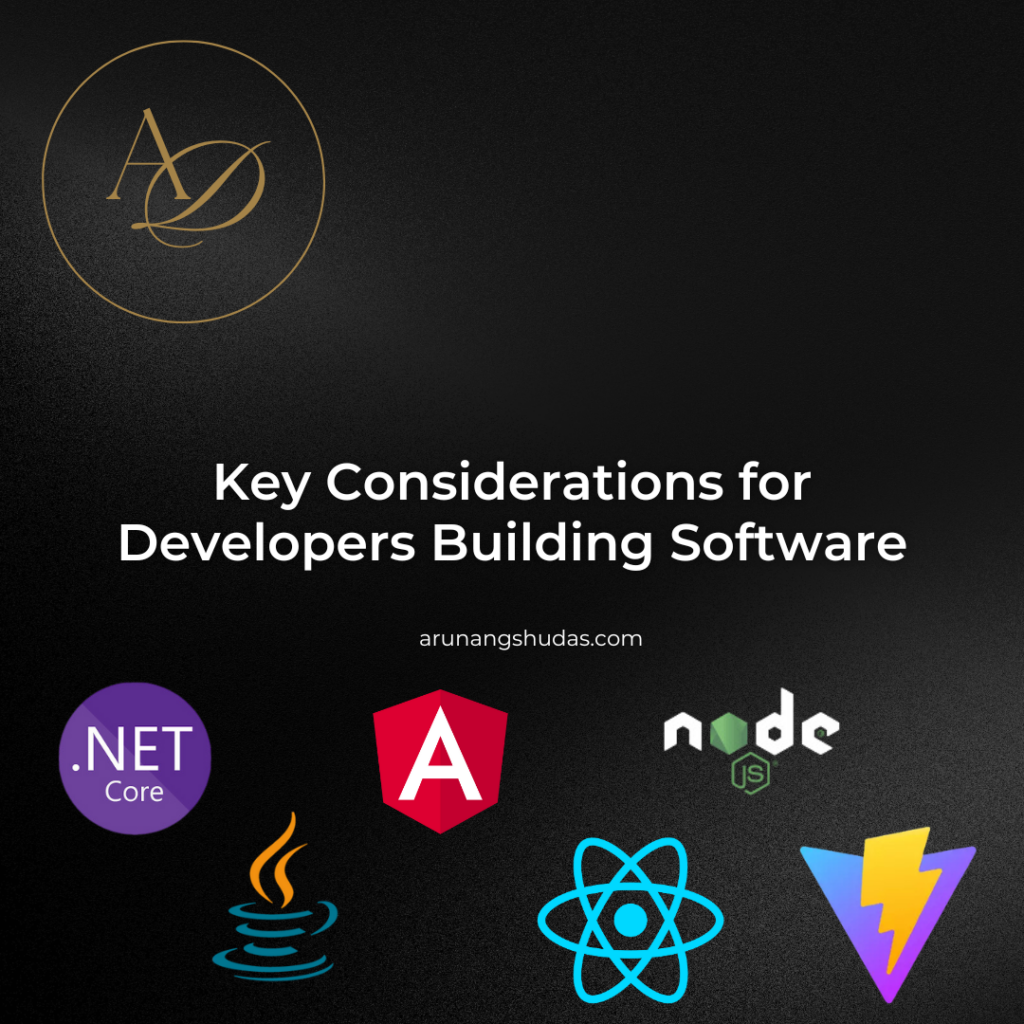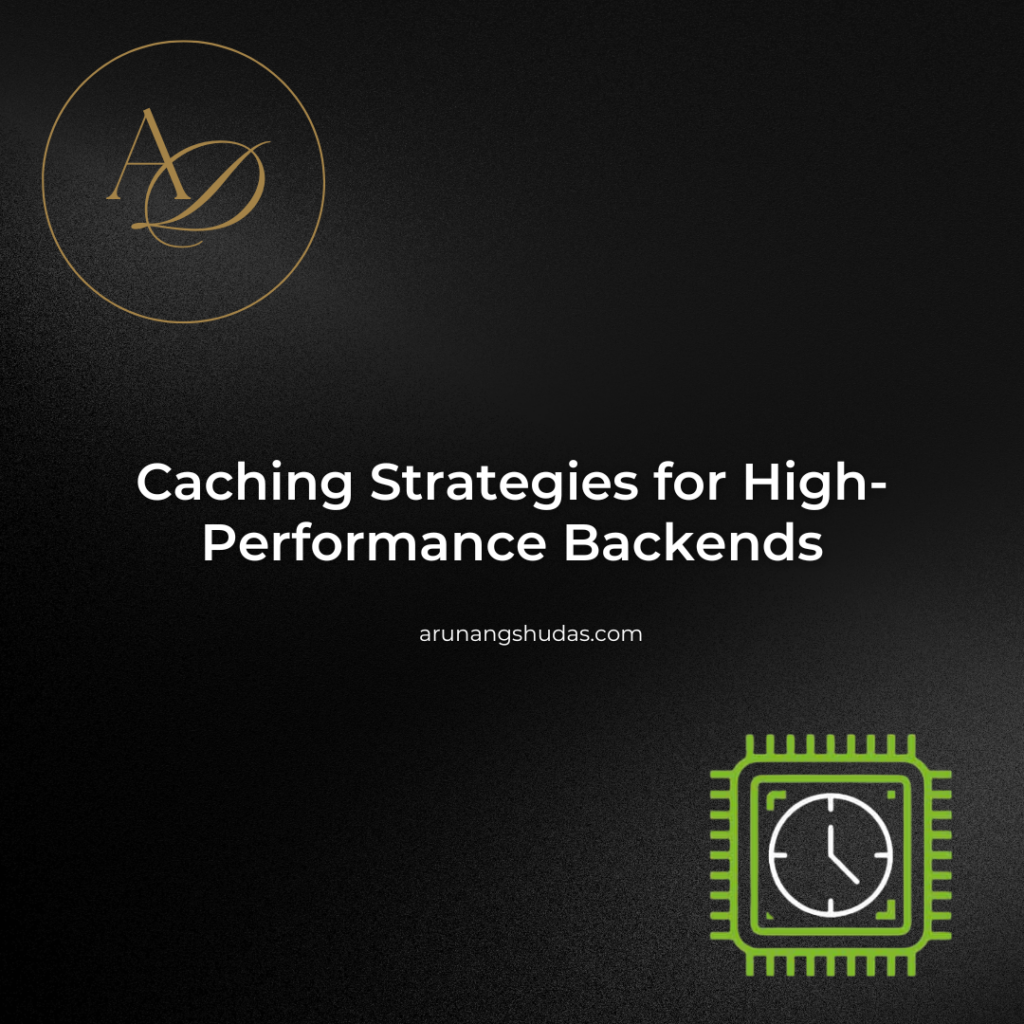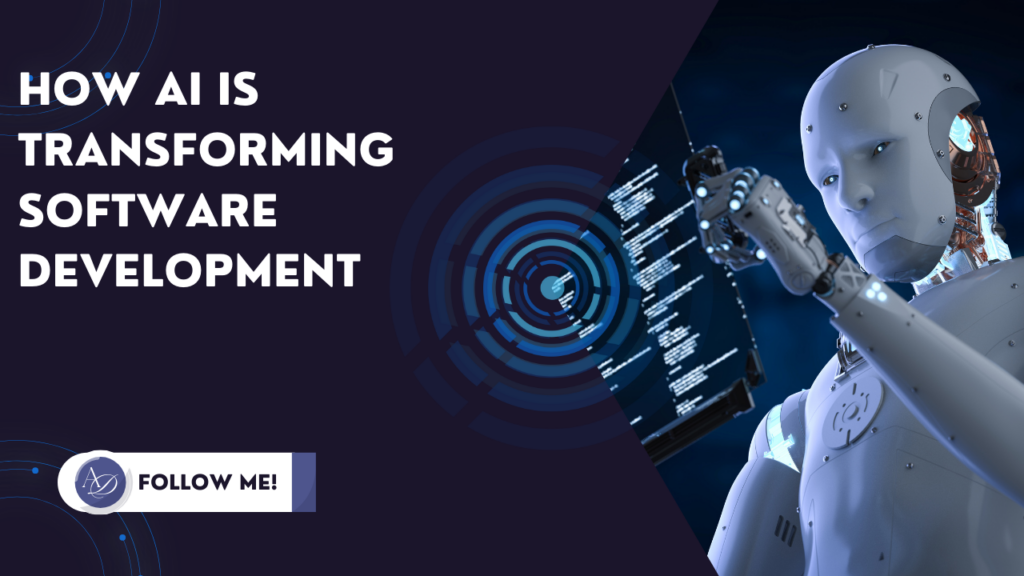When you visit a website or use an app, you interact with buttons, forms, and images—the “frontend.” But behind the scenes, there’s a whole system making everything work smoothly. That’s where backend development comes in.
The Backbone of the Web
Backend development is like the engine of a car—you don’t see it, but without it, nothing moves. It involves writing code that handles data, processes requests, and communicates with databases and other services. When you log in to a website, post a comment, or make a purchase, the backend is doing all the heavy lifting.
Key Components of Backend Development
Servers
A server is like a waiter at a restaurant. It listens to requests from users (like ordering food) and responds with the right information (delivering your meal). Backend developers work with servers to ensure they handle multiple requests efficiently.Databases
Imagine a huge digital filing cabinet. Databases store and retrieve user data—like usernames, passwords, and posts. Backend developers use tools like MySQL, PostgreSQL, MongoDB, or Firebase to manage this data.APIs (Application Programming Interfaces)
APIs are the messengers that let different software systems talk to each other. When you check the weather on a mobile app, the backend fetches that data from an API and sends it to your screen. Popular backend API technologies include RESTful APIs and GraphQL.Authentication & Security
The backend ensures that only the right users access specific data. Security practices like OAuth, JWT (JSON Web Tokens), and encryption keep user information safe from hackers.
Popular Backend Programming Languages
Backend developers use different languages depending on the project’s needs. Some of the most common ones are:
- Node.js (JavaScript) – Fast and great for real-time apps.
- Python (Django, Flask) – Simple and powerful for data-heavy applications.
- Java (Spring Boot) – A solid choice for enterprise-level applications.
- Ruby (Ruby on Rails) – Ideal for startups and rapid development.
- PHP (Laravel) – Still widely used for web applications.
How Backend and Frontend Work Together
Think of a food delivery app.
- Frontend: The user selects a restaurant and places an order.
- Backend: It processes the order, updates the database, and notifies the restaurant.
- Frontend: The user sees a confirmation message and tracks the delivery.
Without the backend, the order wouldn’t reach the restaurant, and users wouldn’t get real-time updates.
Why is Backend Development Important?
→Handles business logic – Ensures data is processed correctly.
→ Manages databases – Stores and retrieves important information.
→ Enhances security – Protects user data from cyber threats.
→ Enables scalability – Supports growth as the number of users increases.
Getting Started with Backend Development
If you’re new to backend development, start with:
- Learning a programming language like JavaScript (Node.js) or Python.
- Understanding databases like MongoDB or PostgreSQL.
- Building simple APIs using Express.js or Flask.
- Deploying small projects on Heroku, Vercel, or AWS.
Final Thoughts
Backend development is the unsung hero of modern apps and websites. If you love solving problems and making things work behind the scenes, backend development might just be your perfect career path!
You may also like:
1) 5 Common Mistakes in Backend Optimization
2) 7 Tips for Boosting Your API Performance
3) How to Identify Bottlenecks in Your Backend
4) 8 Tools for Developing Scalable Backend Solutions
5) 5 Key Components of a Scalable Backend System
6) 6 Common Mistakes in Backend Architecture Design
7) 7 Essential Tips for Scalable Backend Architecture
8) Token-Based Authentication: Choosing Between JWT and Paseto for Modern Applications
9) API Rate Limiting and Abuse Prevention Strategies in Node.js for High-Traffic APIs
10) Can You Answer This Senior-Level JavaScript Promise Interview Question?
11) 5 Reasons JWT May Not Be the Best Choice
12) 7 Productivity Hacks I Stole From a Principal Software Engineer
13) 7 Common Mistakes in package.json Configuration
Read more blogs from Here
Share your experiences in the comments, and let’s discuss how to tackle them!
Follow me on Linkedin








